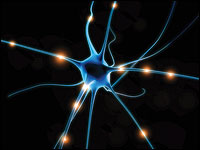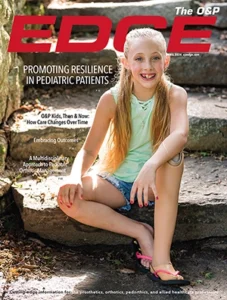
In a study published online October 14 in the Proceedings of the National Academy of Sciences, neuroscientists have provided a blueprint to create touch-sensitive prosthetic hands through a neural interface. The instructions could lead to advancements in upper-limb prosthetic devices that would also provide users with increased dexterity and integration of the device as if it were a natural limb, enhancing the usefulness of the device the study authors said.
The research team, from the University of Chicago (UChicago), Illinois, and the Johns Hopkins University Applied Physics Laboratory (JHU APL), Laurel, Maryland, is led by Sliman Bensmaia, PhD, a UChicago assistant professor of organismal biology and anatomy. After a series of successful experiments proving that rhesus macaque monkeys could be made to sense tactile stimulus through an artificial sensor in a prosthetic hand, Bensmaia and colleagues released the instructions to move the project closer to human clinical trials.
The study describes the process the researchers followed in establishing the connections necessary to communicate a sense of touch using contact location, pressure, and timing-each essential for object manipulation.
“The algorithms to decipher motor signals have come quite a long way, where you can now control arms with seven degrees of freedom,” Bensmaia told Science Life, the UChicago Medicine and Biological Sciences blog. “It’s very sophisticated. But I think there’s a strong argument to be made that they will not be clinically viable until the sensory feedback is incorporated. When it is, the functionality of these limbs will increase substantially.”
The research is part of the Defense Advanced Research Projects Agency (DARPA) Revolutionizing Prosthetics (RP) program, a multiyear project that seeks to create an upper-limb prosthesis that can restore natural motor control and sensation.
For information about the previous research, read “Sense of Touch Reproduced Through Prosthetic Hand” and “Chicago Neuroscientists Aim to Develop a Prosthesis with Sense of Touch.”




